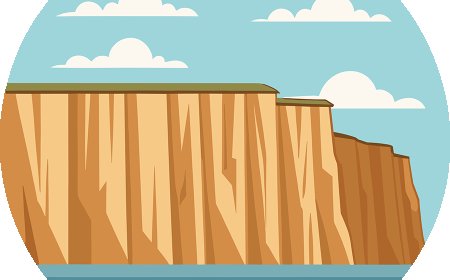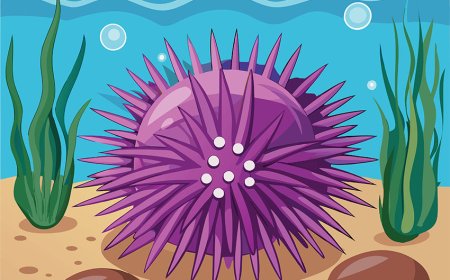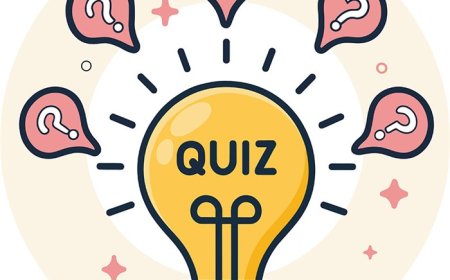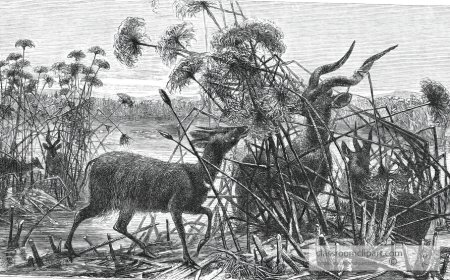Wetlands for Kids: Fun Facts, Types, and Why They Matter
Discover wetlands in this kid-friendly guide. Learn about wetland types, plants, animals, and why these habitats are so important.
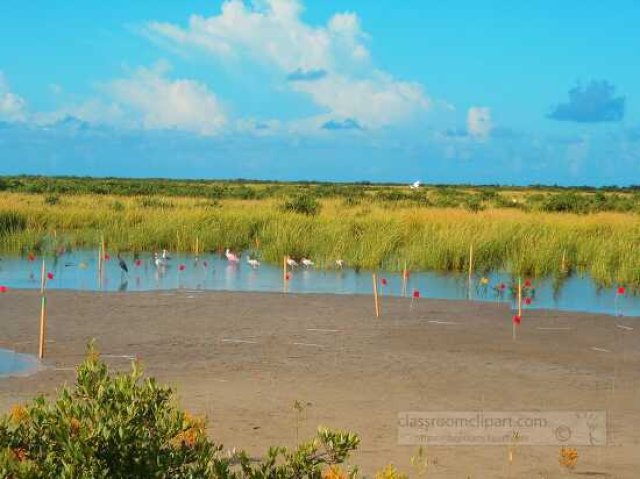
🦆🌿 Wetlands: The Water Wonders of the World
🌼 Introduction
Wetlands are special areas where land and water meet. They can look like swamps, marshes, or bogs, and they are filled with plants and animals adapted to wet conditions. Wetlands act like sponges, soaking up water to prevent floods, and like filters, cleaning water before it reaches rivers and lakes. They are some of the most productive ecosystems on Earth.
In this article, you’ll learn what wetlands are, where they are found, what lives there, and why they matter so much to people and the environment.
🧬 What Is a Wetland?
A wetland is an area that is covered by water, or has very wet soil, for all or part of the year.
Main Features:
-
Water can be fresh, salty, or a mix (brackish).
-
Soil stays wet or soggy, often called hydric soil.
-
Plants are adapted to growing in wet conditions.
🌍 Types of Wetlands
There are four main types of wetlands:
-
Marshes
-
Soft, grassy wetlands.
-
Found along rivers and lakes.
-
Filled with reeds, grasses, and cattails.
-
-
Swamps
-
Wetlands with trees and shrubs.
-
Common in warm, humid areas.
-
-
Bogs
-
Wetlands with spongy moss (peat).
-
Have acidic water and little oxygen.
-
-
Fens
-
Similar to bogs but less acidic.
-
Fed by groundwater.
-
🦢 Where Are Wetlands Found?
Wetlands are found all over the world:
-
Florida Everglades (USA)
-
Okavango Delta (Africa)
-
Pantanal (South America)
-
Sundarbans (India and Bangladesh)
Wetlands exist on every continent except Antarctica.
🌿 Plants of the Wetlands
Wetlands are home to many water-loving plants, including:
-
Cattails
-
Reeds and rushes
-
Water lilies
-
Mangroves (in coastal wetlands)
-
Mosses and algae
These plants help hold soil in place and provide food and shelter for wildlife.
🦆 Animals of the Wetlands
Many animals depend on wetlands to survive:
Birds:
-
Herons
-
Ducks
-
Egrets
-
Cranes
Mammals:
-
Beavers
-
Otters
-
Muskrats
Reptiles and Amphibians:
-
Alligators
-
Turtles
-
Frogs
-
Salamanders
Insects and Fish:
-
Dragonflies
-
Mosquitoes
-
Catfish
-
Minnows
Some animals live in wetlands year-round, while others visit seasonally.
🌦️ Why Are Wetlands Important?
Wetlands are sometimes called “the kidneys of the Earth” because they:
-
Filter water, removing pollutants.
-
Reduce flooding by soaking up rain and river water.
-
Protect coastlines from storms and erosion.
-
Provide homes for thousands of species.
-
Store carbon, helping slow climate change.
🛑 Threats to Wetlands
Wetlands are disappearing faster than many other habitats because of:
-
Pollution from farms and cities.
-
Drainage for farmland and buildings.
-
Climate change causing droughts and sea-level rise.
-
Invasive species that crowd out native plants.
Over the past 300 years, more than 50% of wetlands have been lost.
🌱 How Can We Help?
You can help protect wetlands by:
-
Using less water and keeping pollution out of storm drains.
-
Planting native plants near waterways.
-
Learning about wetlands and telling others.
-
Supporting organizations that protect wetlands.
Even simple actions can make a difference!
✨ Interesting Facts About Wetlands
-
Wetlands cover about 6% of Earth’s land surface.
-
The Everglades is the largest freshwater wetland in the U.S.
-
Wetlands can store huge amounts of carbon in their soils.
-
A single acre of wetland can hold up to 1.5 million gallons of floodwater.
-
Many migratory birds depend on wetlands as resting spots.
-
Mangrove wetlands protect coastlines from hurricanes and tsunamis.
-
Some wetlands have been around for thousands of years.
📝 Kid-Friendly Summary
Wetlands are special places where water covers the land. They can be swamps, marshes, bogs, or fens. Wetlands help clean water, prevent floods, and provide homes for plants and animals. Even though many wetlands are being lost, we can help protect them by keeping water clean and learning about why they matter.
🧠 Vocabulary Words
| Word | Definition |
|---|---|
| Wetland | Land covered by water for all or part of the year. |
| Marsh | A grassy wetland. |
| Swamp | A wetland with trees and shrubs. |
| Bog | A wetland with mossy, acidic soil. |
| Fen | A wetland fed by groundwater, less acidic than bogs. |
| Hydric Soil | Soil that is always wet or saturated. |
| Erosion | Wearing away of land by water or wind. |
| Carbon Storage | Holding carbon in soil and plants to slow climate change. |
| Invasive Species | Plants or animals that harm native habitats. |
| Migratory | Animals that travel long distances seasonally. |


















































